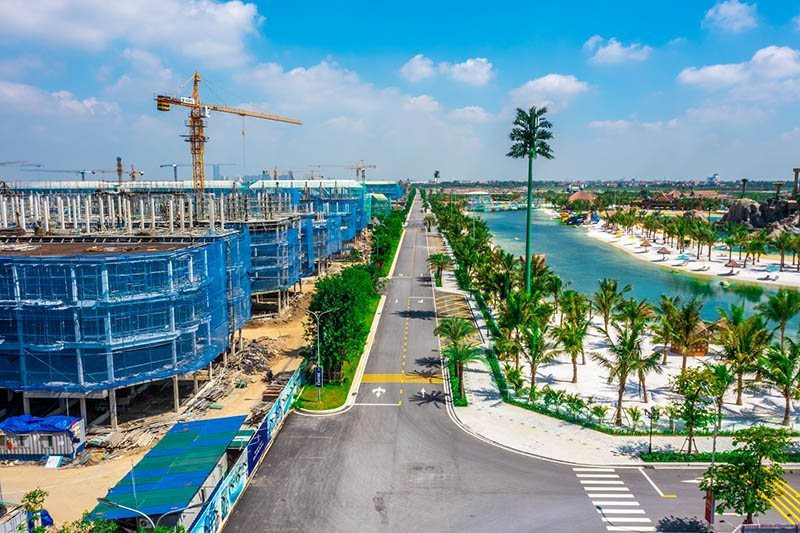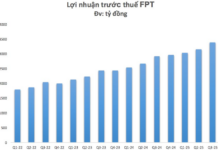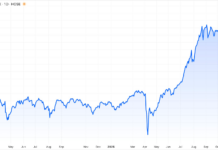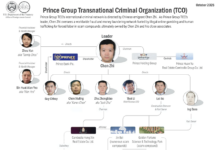Positive signs of recovery in the resort real estate market
According to Savills experts, although positive signs of recovery have begun to emerge, the resort real estate market has not yet been able to recover quickly.
The recent positive signs in the resort real estate are due to the gradual recovery of demand at a stable pace, including both domestic and international markets, thereby reinforcing confidence in the resort industry.
According to statistics from the General Statistics Office, in 2023, Vietnam’s tourism welcomed 12.6 million international visitors. Although this number is only 70% compared to 2019, the year before the Covid-19 pandemic, it is 3.4 times higher than 2022 and far exceeds the target of 8 million visitors set at the beginning of the year.
The number of domestic tourists throughout 2023 also reached about 108 million, exceeding 5.8% compared to the set plan. These figures show that the tourism industry is gradually becoming lively again, helping the resort real estate market have a chance to recover.
In addition, according to Mr. Mauro Gasparotti, Director of Savills Hotels, many projects have been in the process of restarting in the past few months. In addition, the project sales and mergers market is also vibrant. Along with projects operating with stable cash flow, some previously delayed or unfinished projects are currently being transferred to new investors for continued implementation and completion of the projects.
For resorts, tourists are increasingly interested in and have higher demands for resort elements combined with health care and sustainable development.
Therefore, the trend of integrated health care with models such as hot springs bathing or therapeutic tourism is being paid more attention to by many developers. The luxury segment continues to receive much attention from investors.
Meanwhile, the luxury and high-end hotel market in Ho Chi Minh City is expected to maintain its competitive advantage in the next few years due to the limited new supply.

Although positive signs of recovery have begun to appear, according to many experts, the resort real estate market cannot recover quickly. Currently, most projects are still waiting for a good time to open. Meanwhile, after a long period of not achieving expected profits, investors have lost a lot of confidence in this segment, making it difficult for them to return to the market.
The three main reasons that prevent this segment from shining in 2024 are the continued difficult economic situation, unresolved legal issues, and the loss of customer confidence. Currently, many resort projects are “idle”, unable or not allowed to be exploited for profit, resulting in virtually no liquidity, despite many investors suffering losses.
Sharing about the resort real estate market, Dr. Su Ngoc Khuong, Director of Savills Vietnam, said that the recovery journey of the resort real estate is still quite challenging. Investors have to wait a long time for the next growth phase of this market.
It can be seen that the resort real estate market is showing signs of decline and maintaining a bleak situation in 2023 in terms of both supply, liquidity, and investor confidence. Data from DKRA Group shows that the supply of villas and resort townhouses has decreased significantly compared to last year, with decreases of 94% and 96% respectively. Each type has only about 300 newly opened units this year. Meanwhile, condotels also decreased by more than 64%, with about 1,600 units left. Estimated for the whole of 2023, consumption volume is only equivalent to 10% compared to the same period, the lowest level since 2014.
Meanwhile, the inventory of resort real estate remains high. The number of condotel inventory by the end of 2023 has increased to about 50,000 units. The inventory of vacation townhouses is 30,000 units, of which more than half are villas. DKRA said that the three localities with the highest inventory are Phu Quoc, Binh Thuan, and Ba Ria – Vung Tau.





































